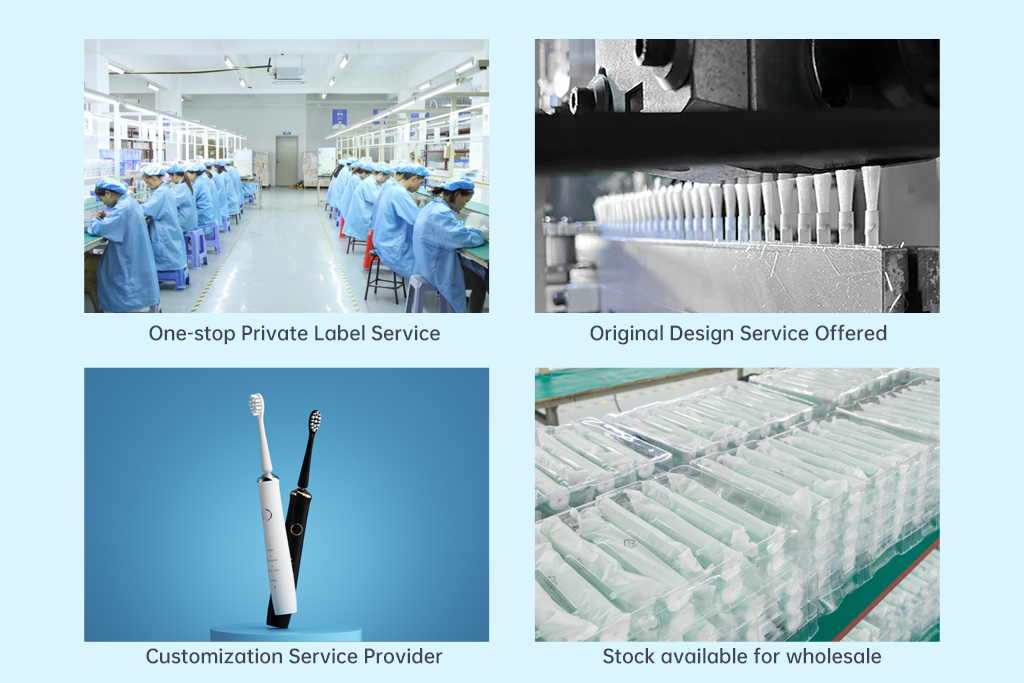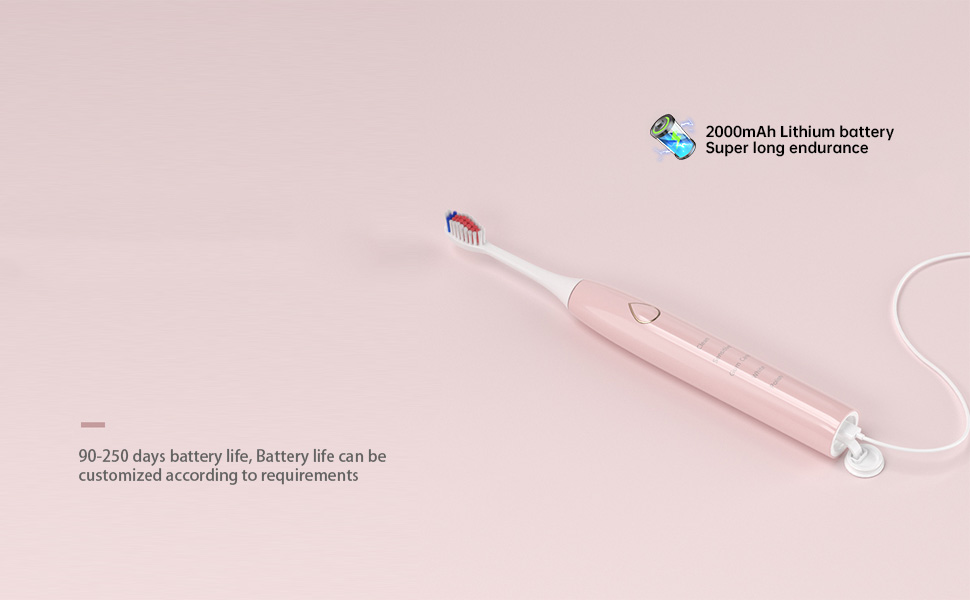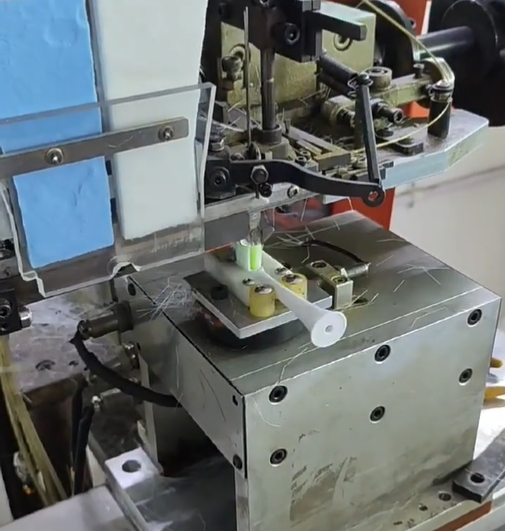When users rely on overpressure cleaning to boost their perceived “deep clean,” they often overlook that excessive brushing force actually aggravates interdental stains. Over time, too much pressure not only harms gum tissue but also drives pigment deeper into interdental spaces, creating a dual threat to oral health and aesthetics. Below, we explore six dimensions of this hidden risk and offer B2B manufacturers actionable solutions.
First, define “overpressure cleaning” and its causes:
Recognizing these root causes is the first step toward safer brushing.
Next, excessive brushing pressure harms oral tissues in three key ways:
These injuries set the stage for deeper problems in interdental areas.Company web:https://www.powsmart.com/product/electric-toothbrush/
Crucially, too much force actually makes interdental staining worse:
This creates a vicious cycle: the harder you brush, the more stains accumulate.
To combat this, B2B manufacturers can integrate these hardware improvements:
These design features steer users back to a healthy brushing force.
Alongside hardware, user guidance is vital:
Clear education empowers users to form safe, effective habits.
Finally, robust QA and partner enablement ensure consistent outcomes:
By equipping both products and partners, you turn a potential liability into a competitive advantage.
Conclusion
While overpressure cleaning may seem to promise a deeper clean, it actually accelerates interdental stains and damages oral tissues. B2B manufacturers can break this cycle by integrating pressure sensing, smart feedback, user education, and rigorous quality controls across these six areas—delivering electric toothbrushes that are both powerful and safe. Contact us to co-develop the next generation of precision-guided oral-care solutions!
.jpg)
.jpg)
Why Does Waterproof Failure Cause Pressure Fluctuation in Water Flossers?
Long Battery Life Electric Toothbrush – OEM & Bulk Supply for Global Distributors
.jpg)
Real-Time Brushing Tracking: How Smart Toothbrushes Improve Oral Care

Technique Affecting Periodontal Pocket – How Deep Is the Impact?
.jpg)
Is Bluetooth Toothbrush APP Tracking Failure Causing User Adaptation Issues?
.jpg)
Is Sensitive Gum Electric Toothbrush Shedding Bristles?
Does Reservoir mold in Water Flosser Tanks Block Spray Tips?

Affordable Electric Toothbrush Recommendations for Students: A Guide for Oral Care Brands
.jpg)
How to Evaluate an Electric Toothbrush Supplier Portfolio and Electric Toothbrush Supplier Capabilities?

Development Guide for Long-Endurance Electric Toothbrushes: How Can Long Battery Life Become a Standard Feature in the High-End Market?
Electric Toothbrush with App Connectivity – Smart Oral Care for B2B Markets
.jpg)
Does POWSMART Kids Electric Toothbrush Contain Material Toxicity?

The Science of Electric Toothbrush Bristle Layout: How Do Cross-pattern, Wave-pattern, and Height Difference Affect Cleaning Power?
Electric Toothbrush for Plaque Removal – Professional Cleaning for Dental Businesses
.jpg)
What’s the Gentlest Brush for Gums?
Light Burns Cause Bite Misalignment? Whitener Safety Controversy!

electric toothbrush heads Deep Clean

electric toothbrush heads Regular Clean

electric toothbrush heads Ultra Soft

electric toothbrush heads Charcoal Infuse-Round

Private Label Whitening Gel

Electric toothbrush heads Charcoal Infused-Diamond
.jpg)
Florida Electric Toothbrush – Powsmart PTR-C8

Customization Teeth Whitening Gel
whstapp
whstapp
National Toll-Free Service Hotline
+86 755 86238638